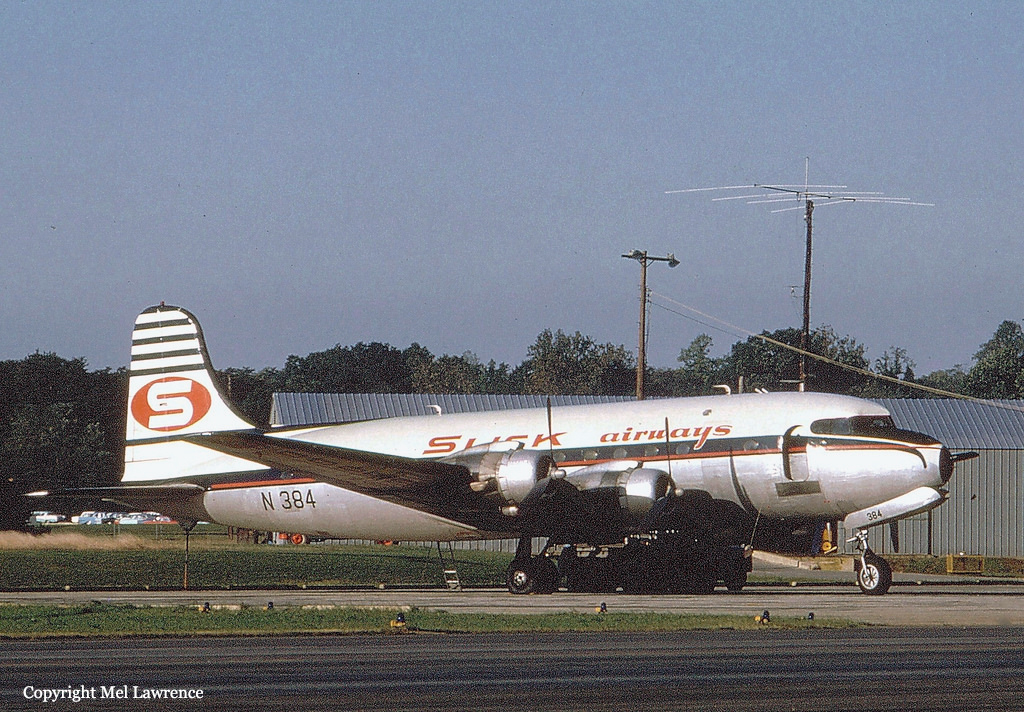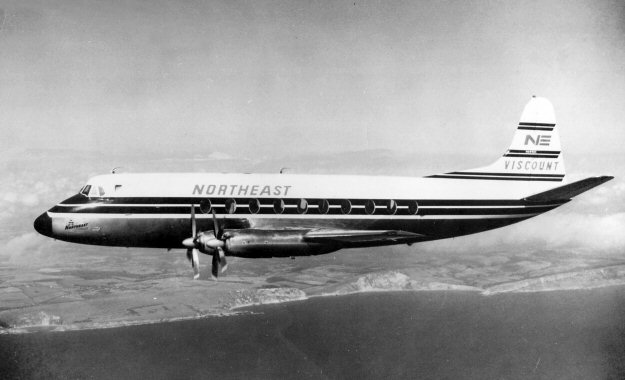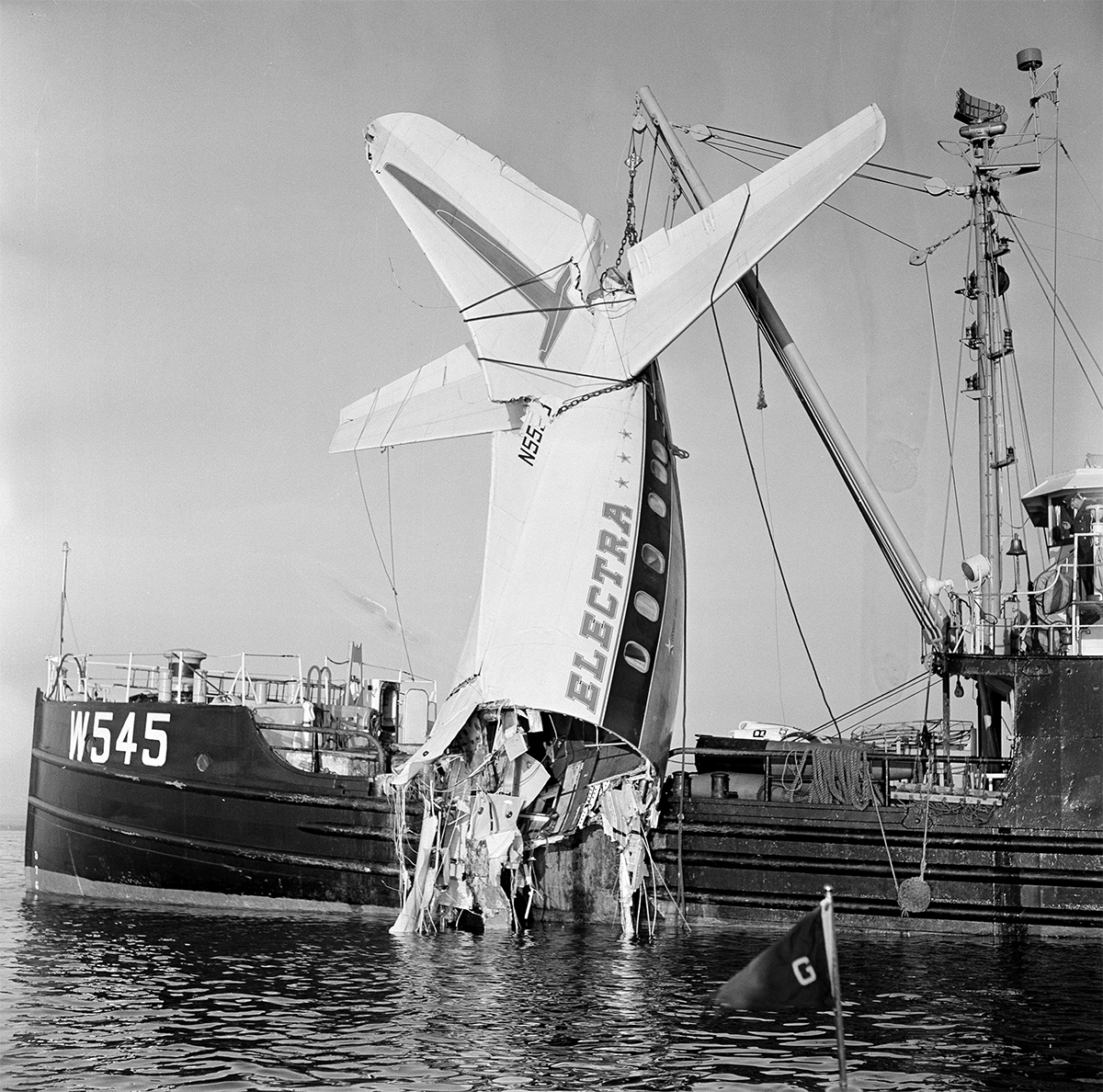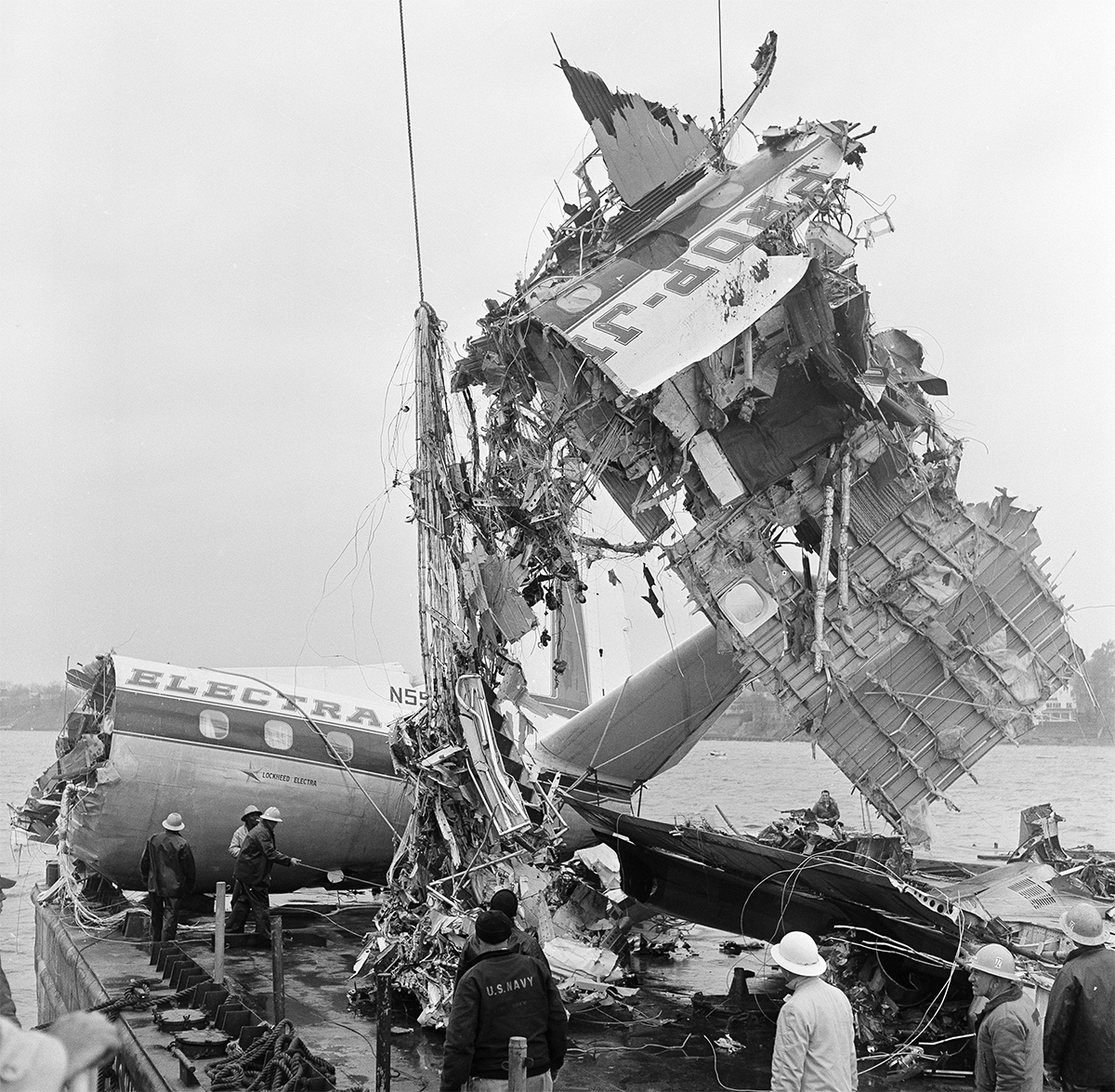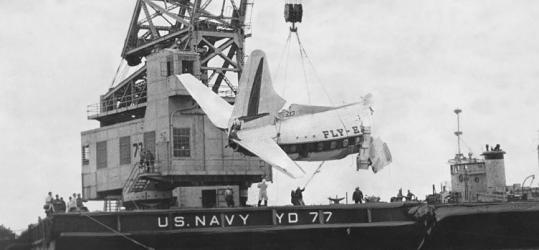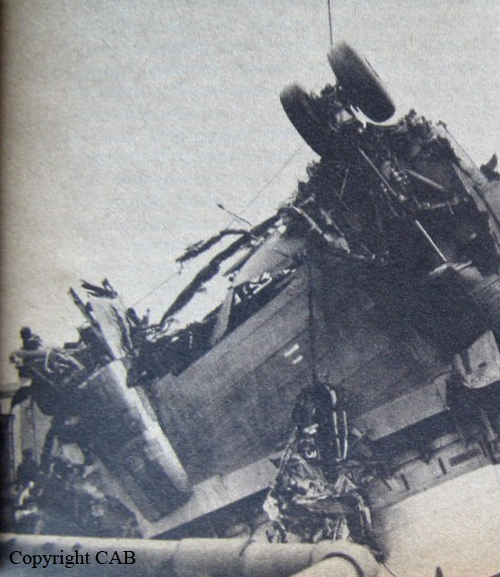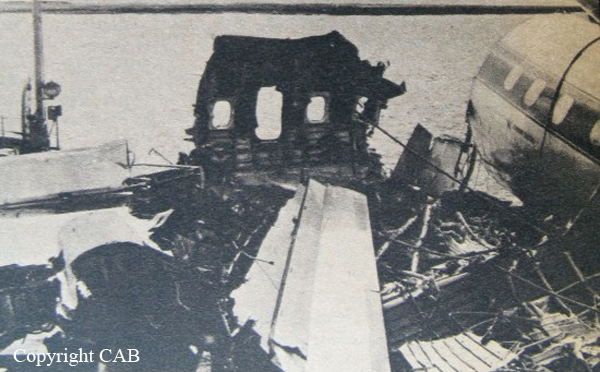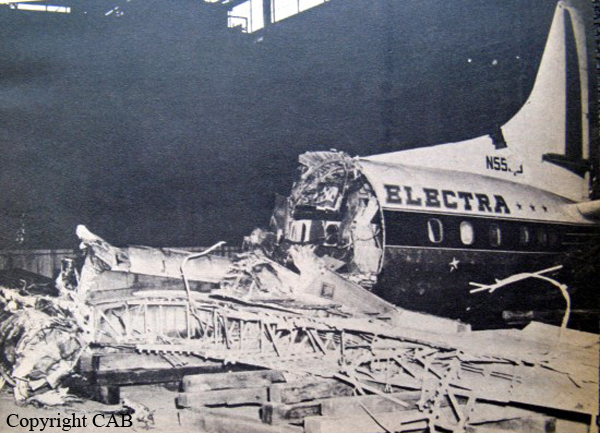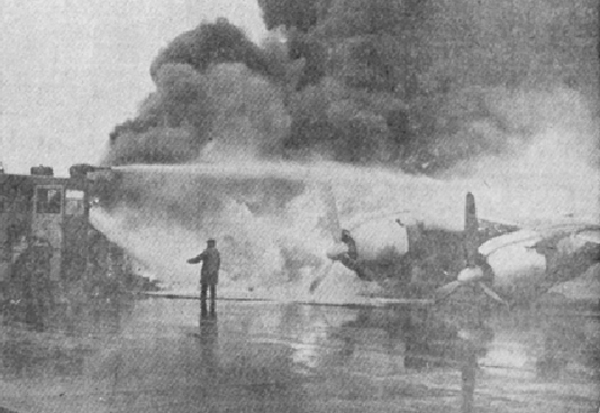Crash of a Douglas DC-4-1009 in Boston: 3 killed
Date & Time:
Mar 10, 1964 at 0822 LT
Registration:
N384
Survivors:
No
Schedule:
New York – Windsor Locks – Boston
MSN:
18379
YOM:
1944
Flight number:
SL012
Crew on board:
3
Crew fatalities:
Pax on board:
0
Pax fatalities:
Other fatalities:
Total fatalities:
3
Captain / Total hours on type:
814.00
Copilot / Total hours on type:
4340
Aircraft flight hours:
40233
Circumstances:
Slick Airways Flight 12, a Douglas C-54B-DC, N384, operating as a scheduled cargo flight from John F. Kennedy International Airport, New York, New York, to Logan International Airport, Boston, Massachusetts, with a stop at Bradley Field, Windsor Locks, Connecticut, crashed at 0821:35, March 10, 1964, while making an instrument approach to Runway 4R at Logan International Airport. The aircraft crashed in a lumberyard approximately 7,000 feet from the displaced threshold of Runway 4R and on the extended centerline of that runway. Boston weather at the time was: scattered clouds at 400 feet, overcast at 700 feet, surface visibility 1-1/2 miles in moderate sleet and fog, wind 050 degrees (.JPG">), 22 knots, gusts to 28 knots, temperature 32 degrees, dewpoint 32 degrees. The captain, first officer, and freight handler, the only occupants, were killed. The aircraft was demolished by impact forces and the ensuing fire.
Probable cause:
The Board determines the probable cause of this accident was loss of balancing forces on the horizontal surface of the aircraft's empennage, due to ice accretion, causing the aircraft to pitch nose down at an altitude too low to effect recovery.
Final Report:
